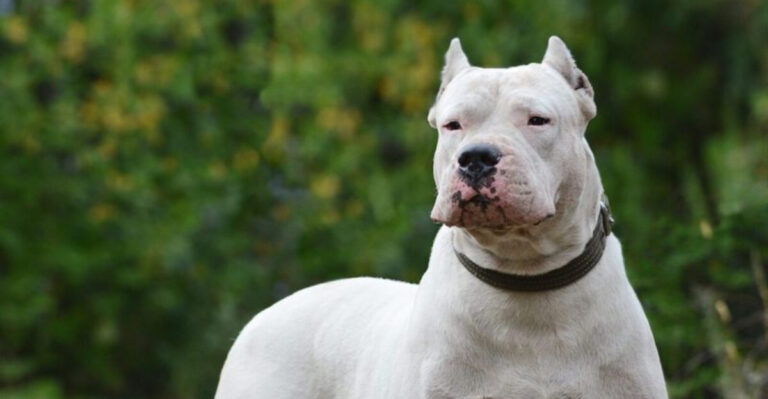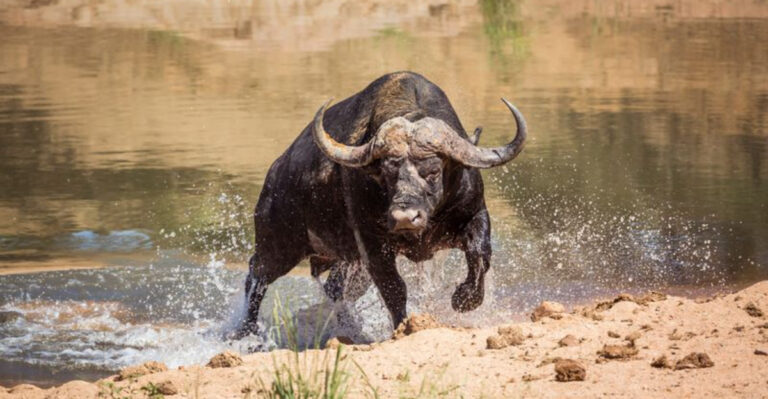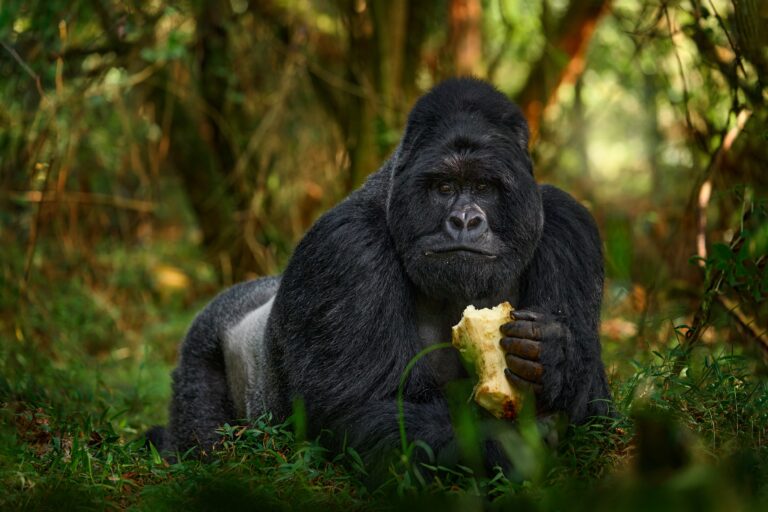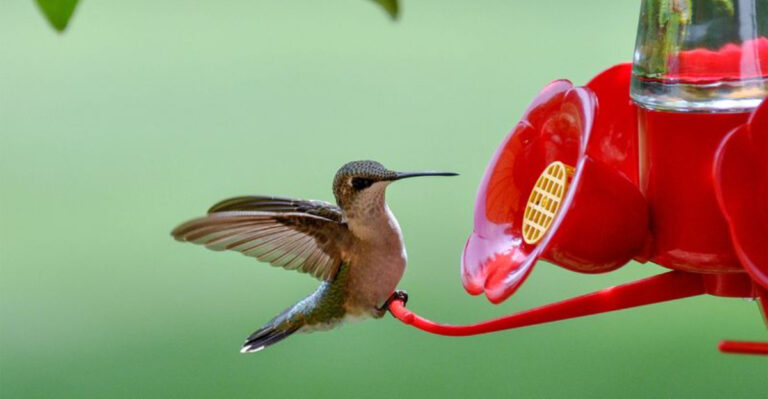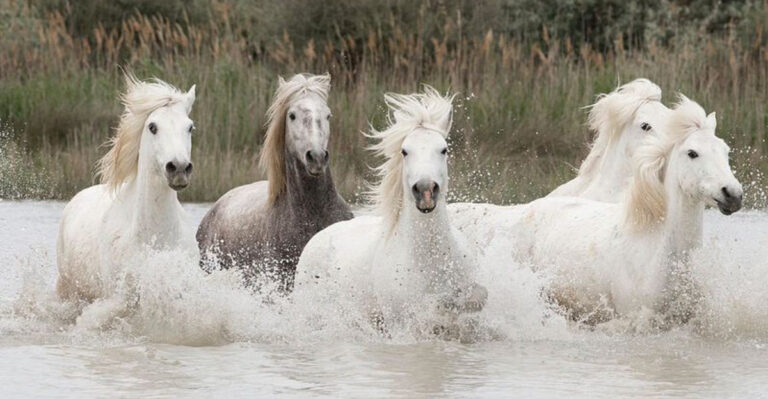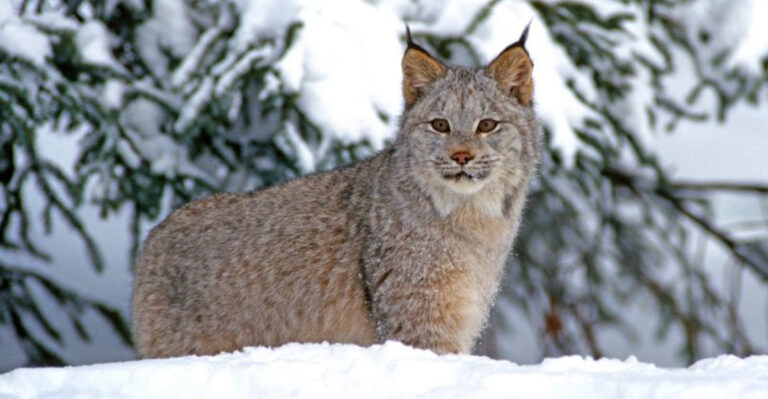15 Endangered Marine Species That Need Your Attention

Our oceans are home to some of the most amazing animals on Earth, but many are in trouble. From the smallest seahorse to the largest whale, these creatures face threats like pollution, fishing nets, and warming waters.
Learning about these endangered marine species is the first step toward helping them survive for future generations to enjoy.
1. Vaquita Porpoise: The Ocean’s Rarest Smile

Only about 10 vaquitas remain in the wild, making them the most endangered marine mammal on Earth.
These tiny porpoises, with distinctive dark rings around their eyes, are accidentally caught in fishing nets meant for other species.
Found only in Mexico’s Gulf of California, these shy creatures have never been successfully kept in captivity. Their population has dropped by 95% in the last 20 years alone.
2. Hawksbill Sea Turtle: Living Jewels Of The Reef

Named for their pointed beaks, hawksbill turtles are living rainbows with beautiful amber and gold-patterned shells.
People hunt them for these pretty shells, which are turned into jewelry and decorations even though it’s illegal.
These special turtles help coral reefs stay healthy by eating sponges that would otherwise take over. Scientists think we’ve lost 80% of hawksbills in the last century.
3. Blue Whale: The Gentle Giant

Your heart could fit inside just one of a blue whale’s arteries – that’s how massive these animals are!
As the largest creatures ever to live on Earth, they can grow longer than three school buses. Hunted nearly to extinction for their blubber and oil, blue whales are slowly recovering thanks to whaling bans.
However, they still face dangers from ship strikes and getting tangled in fishing gear.
4. Kemp’s Ridley Sea Turtle: Beach Babies In Danger

Famous for their synchronized nesting, thousands of Kemp’s ridley turtles once came ashore together to lay eggs in what locals call an “arribada” or arrival.
Today, seeing even a hundred at once is rare. Oil spills hit these turtles especially hard.
The 2010 Deepwater Horizon disaster affected their main nesting areas in the Gulf of Mexico. Each female lays around 100 eggs, but only 1-2 babies typically survive to adulthood.
5. Maui’s Dolphin: New Zealand’s Swimming Treasure

Smaller than a human child, Maui’s dolphins are the rarest and smallest dolphins in the world. With their rounded fins and distinctive black markings, they look like they’re wearing tiny wet suits.
Found only off New Zealand’s North Island, fewer than 50 remain. Fishing nets are their biggest threat.
These dolphins reproduce slowly, with females having just one calf every 2-4 years, making population recovery extremely difficult.
6. Nassau Grouper: Caribbean Chorus Line

During full moon nights in winter, Nassau groupers gather by the thousands to spawn, creating one of the ocean’s most spectacular events.
Their normally solitary lives change for just a few precious nights each year. Fishermen know exactly when and where these gatherings happen, making the fish easy targets.
Their population has dropped by over 60% in recent decades. With beautiful tiger-stripe patterns, these fish can change color almost instantly when threatened.
7. Southern Resident Killer Whales: Salmon-Loving Family

Unlike other orcas, these special killer whales eat almost nothing but salmon. When salmon numbers drop, these whales go hungry.
They live in tight family groups called pods that stay together their entire lives. Found along the Pacific Northwest coast, only 73 remain.
Each whale has unique markings, like a fingerprint. They communicate with special calls that are passed down through generations, creating their own unique culture and language.
8. Chinese Giant Salamander: Living Fossil In Trouble

Imagine a salamander as long as a third grader is tall! Chinese giant salamanders can grow up to 6 feet long and live for 60 years.
Their wrinkly skin and tiny eyes make them look like creatures from another time. People hunt these gentle giants for food and medicine, pushing them toward extinction.
They make weird sounds that sound like a baby crying, which is why locals call them “baby fish.” They breathe through their skin and can absorb oxygen directly from water.
9. Humphead Wrasse: The Reef’s Colorful Character

With its bulging forehead and thick lips, the humphead wrasse looks like it’s making a funny face at you! These massive reef fish can grow bigger than a third-grader and live for over 30 years.
Prized as a luxury food in some Asian countries, they’re often caught using cyanide that damages coral reefs.
These fish play an important role by eating crown-of-thorns starfish that damage coral. Some can change from female to male as they age!
10. Mediterranean Monk Seal: Playful Cave Dwellers
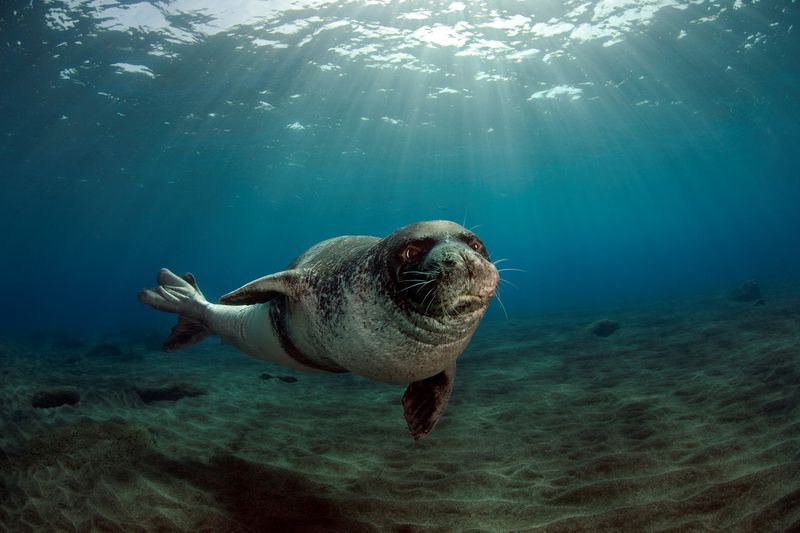
Ancient sailors once thought these seals were mermaids! Now, fewer than 700 Mediterranean monk seals remain, making them Europe’s most endangered marine mammal.
They have dark brown coats and white belly patches shaped like an hourglass. These seals raise their pups in remote sea caves away from people.
Fishermen sometimes kill them because they believe the seals steal their fish. Climate change is causing their beach habitats to shrink as sea levels rise.
11. Dugong: Sea Cow Grazing Grounds

Sailors of old mistook these gentle creatures for mermaids, creating the mermaid legends we know today. Dugongs are related to elephants, not cows, despite their nickname “sea cows.”
They spend their days peacefully munching on seagrass. Boat propellers often injure dugongs, as they swim slowly near the surface.
A mother dugong carries her baby for 13 months and then nurses it for 18 months. Some populations have declined by 80% in the last 50 years.
12. Zebra Shark: Spots, Not Stripes!

Despite their name, adult zebra sharks have spots, not stripes! Only the babies have zebra-like patterns.
These gentle sharks can breathe while lying still on the ocean floor, unlike most sharks that must keep swimming.
Zebra sharks are hunted for their liver oil and fins. They’re also harmed when caught accidentally in fishing nets.
They can grow up to 8 feet long but pose no threat to humans. Their flexible bodies allow them to wriggle into tight spaces to find food.
13. Giant Sea Bass: California’s Underwater Giants

Growing as large as a refrigerator and weighing up to 700 pounds, these gentle giants were once common along California’s coast.
Overfishing nearly wiped them out because they’re easy targets – they’re curious and often approach divers.
Young giant sea bass can change color in seconds to blend with their surroundings. Adults are dark gray with black spots.
Despite their massive size, they mainly eat small fish and squid. They can live for over 75 years in the wild.
14. Whale Shark: Gentle Spotted Giants

Every whale shark has a unique pattern of spots, like a fingerprint. Scientists use these patterns to identify individuals, just like we use fingerprints!
Despite being the largest fish in the ocean, they eat tiny plankton. Whale sharks can grow longer than a school bus but are gentle enough for people to swim alongside.
They’re threatened by boat strikes and fishing. A female can carry up to 300 pups at once, but few survive to adulthood.
15. Dwarf Seahorse: Tiny Dancers In Seagrass

No bigger than your pinky fingernail, dwarf seahorses are among the smallest fish in the world! They change color to match their surroundings and use their prehensile tails to anchor themselves to seagrass during storms.
Unlike most animals, male seahorses get pregnant and give birth. They live in Gulf of Mexico seagrass beds that are disappearing due to coastal development.
A dwarf seahorse can snap its head forward to catch prey in less than a millisecond!

